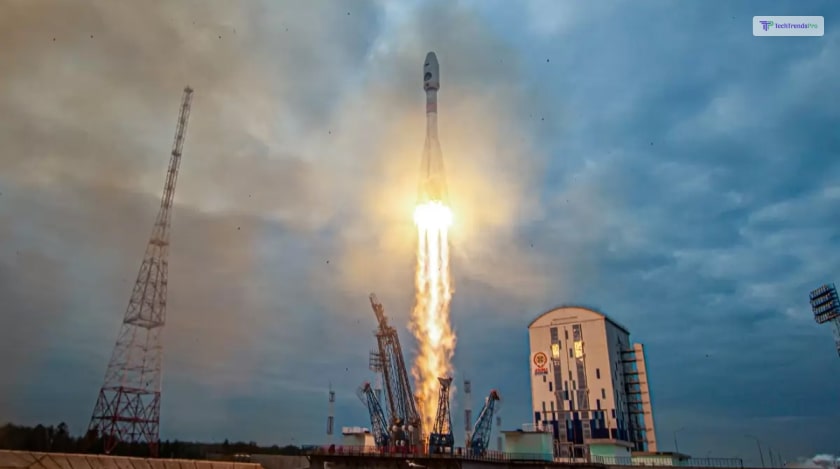
In recent news, the development unfolds after Roscosmos encountered an issue while maneuvering Luna-25 into its pre-landing orbit. On Sunday, Roscosmos sadly announced Luna-25’s crash landing on the lunar surface, marking a disappointing conclusion to its inaugural lunar mission. Concurrently, Chandrayaan-3 is gearing up for its anticipated descent, scheduled for approximately 5:45 pm IST on the upcoming Wednesday.
Russia’s space agency confirmed the unfortunate crash of Luna-25 onto the Moon’s surface, signifying the conclusion of their maiden lunar mission. This event occurred 47 years after the last landing by the former Soviet Union. This development sets the stage for Chandrayaan-3 from India to potentially make history by becoming the first spacecraft to achieve a landing in the vicinity of the lunar south pole.
According to Roscosmos, communication with Luna-25 abruptly ceased at 2:57 pm (11:57 GMT), leaving uncertainties in its wake. Preliminary findings shared by the agency suggest that unpredictable orbit adjustments led to a collision with the Moon’s surface. The agency explained that thrust was released for transferring the probe to the pre-landing orbit. However, an emergency situation occurred onboard the automatic station during the maneuver, preventing successful execution under the specified conditions.
Despite efforts made on August 19 and 20 to locate and reestablish contact with the craft, these endeavors proved unsuccessful, as reported by AFP. In response, Roscosmos announced its intention to initiate a ministerial investigation into the root causes of the crash. The agency refrained from divulging specific technical issues that might have contributed to this unfortunate outcome.
Luna-25’s initial mission objectives encompassed a year-long lunar stay, involving soil sample collection and water detection. Notably, the lander’s cameras had already captured images of the lunar surface.
The Luna-25 mission bore great significance for Russia, seeking to build upon the legacy of its Soviet-era Luna program. These space endeavors coincide with Russia’s concurrent struggles involving internal and external geopolitical challenges.
In August, while Russia faced setbacks in its lunar mission, India’s Chandrayaan-3 made strides by entering the Moon’s orbit. Much like Luna-25, Chandrayaan-3’s lander, Vikram, is targeting a landing on the Moon’s south pole. Successfully achieving this feat would place India among esteemed nations like Russia, the United States, and China, known for controlled lunar landings. Moreover, India would secure the distinction of being the pioneer in landing on the Moon’s south pole.
Read More About:






